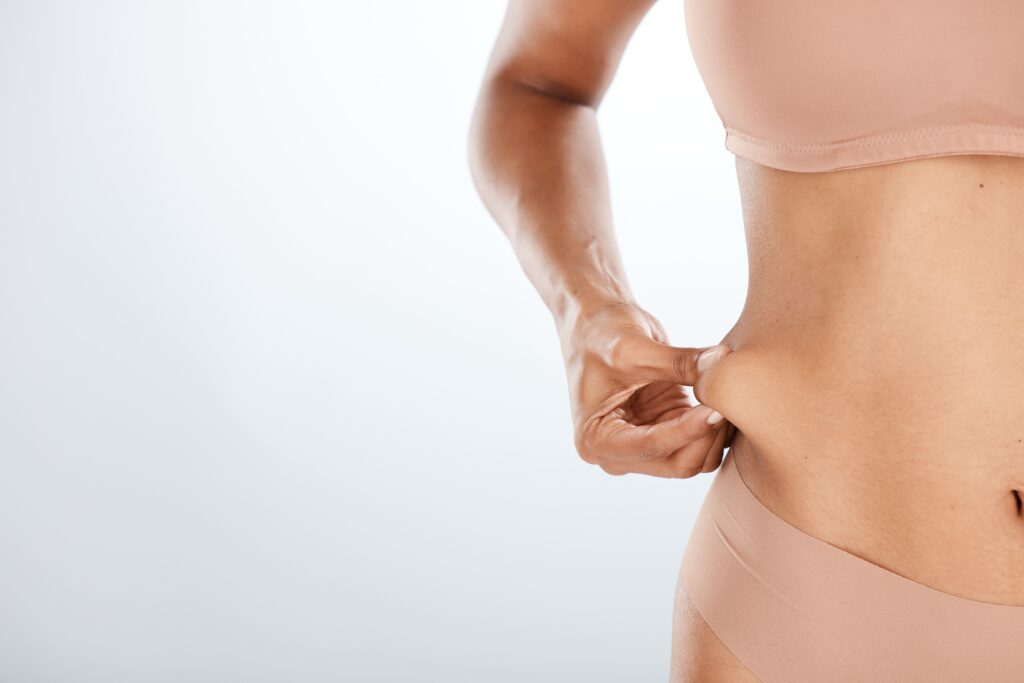In our eternal quest for physical perfection and confidence, cosmetic procedures have evolved dramatically in recent years. Among these innovations, laser liposuction has emerged as a popular option for those seeking body contouring with potentially less downtime than traditional methods. This advanced technique has captured the attention of many individuals looking to sculpt their bodies and achieve their aesthetic goals with artful precision. As more people consider their options for body enhancement, understanding the benefits of laser liposuction becomes increasingly valuable.


Home » What is laser liposuction?
Laser-assisted liposuction is a minimally invasive cosmetic procedure that uses laser energy to liquefy fat before it’s removed from the body. This treatment involves making small incisions through which a laser fiber is inserted to heat and melt fat cells, making them easier to suction out while simultaneously tightening the surrounding skin through collagen stimulation. Unlike traditional liposuction, laser procedures typically cause less bruising and swelling, resulting in shorter recovery times. Common treatment areas include the abdomen, thighs, hips, arms, and chin.
Recovery after laser liposuction is generally faster due to its less invasive nature. Patients who undergo a lipo laser treatment typically experience reduced bruising, swelling, and discomfort compared to conventional methods. This accelerated healing stems from the laser’s ability to seal small blood vessels during the procedure, minimizing tissue trauma and internal bleeding. Most individuals can return to light activities within 1-3 days and resume regular routines within a week, though complete recovery with final results may take several months as residual swelling subsides. The procedure’s precision and thermal skin-tightening effects also contribute to a smoother recovery process with less downtime.
Yes, one notable option is VASER liposuction, a technique that uses ultrasound energy to break apart fat cells before removal. Like laser-assisted liposuction, VASER minimizes trauma to surrounding tissues while offering enhanced precision for body contouring. This method is particularly effective for sculpting delicate areas, such as the abdomen, flanks, and arms, providing smooth, natural-looking results. Patients who prefer awake procedures may be interested in VASER, as it can often be performed under local anesthesia. Dr. Singh was recognized as a Top Doctor for Awake Liposuction in 2020, 2021, and 2023, highlighting his expertise in performing advanced body sculpting with minimal downtime and optimal results.
The thermal properties of laser liposuction create a more sterile environment, potentially lowering infection risks. The procedure’s minimal invasiveness reduces the likelihood of nerve damage, excessive scarring, and other serious complications. Additionally, the reduced physical manipulation required during the process decreases the risk of contour irregularities that can occur with more invasive fat removal techniques.
| Laser Liposuction | Traditional Liposuction | |
|---|---|---|
| Procedure Type | Minimally invasive, uses laser energy to liquefy fat before removal | More invasive, with manual fat dislodging |
| Anesthesia | Local anesthesia with tumescent fluid | General or local anesthesia, depending on extent |
| Incision Size | Small (1–3 mm) | Larger (3–5 mm) |
| Fat Removal Process | Fat is melted with laser energy, making extraction smoother | Fat is manually broken apart and suctioned out |
| Bleeding & Bruising | Less due to laser coagulating blood vessels | More due to mechanical disruption of tissue |
| Skin Tightening | Yes, laser stimulates collagen production | No, patients may need additional skin-tightening procedures |
| Recovery Time | Faster, with most patients resuming normal activities in 3–7 days | Longer, often 1–2 weeks before returning to normal activities |
| Pain & Discomfort | Generally mild, managed with over-the-counter pain relievers | More significant, may require prescription pain medication |
| Swelling & Inflammation | Reduced due to laser’s precision and coagulation effects | More pronounced due to greater tissue trauma |
| Scarring | Minimal due to tiny incisions | More noticeable, depending on incision size and location |
| Risk of Irregular Contours | Lower due to smoother fat removal process | Higher due to manual fat extraction techniques |
Laser Liposuction
Traditional Liposuction
Procedure Type
Minimally invasive, uses laser energy to liquefy fat before removal
More invasive, with manual fat dislodging
Anesthesia
Local anesthesia with tumescent fluid
General or local anesthesia, depending on extent
Incision Size
Small (1-3 mm)
Larger (3-5 mm)
Fat Removal Process
Fat is melted with laser energy, making extraction smoother
Fat is manually broken apart and suctioned out
Bleeding & Bruising
Less due to laser coagulating blood vessels
More due to mechanical disruption of tissue
Skin Tightening
Yes, laser stimulates collagen production
No, patients may need additional skin-tightening procedures
Recovery Time
Faster, with most patients resuming normal activities in 3-7 days
Longer, often 1-2 weeks before returning to normal activities
Pain & Discomfort
Generally mild, managed with over-the-counter pain relievers
More significant, may require prescription pain medication
Swelling & Inflammation
Reduced due to laser’s precision and coagulation effects
More pronounced due to greater tissue trauma
Scarring
Minimal due to tiny incisions
More noticeable, depending on incision size and location
Risk of Irregular Contours
Lower due to smoother fat removal process
Higher due to manual fat extraction techniques
Dr. Navjot Singh